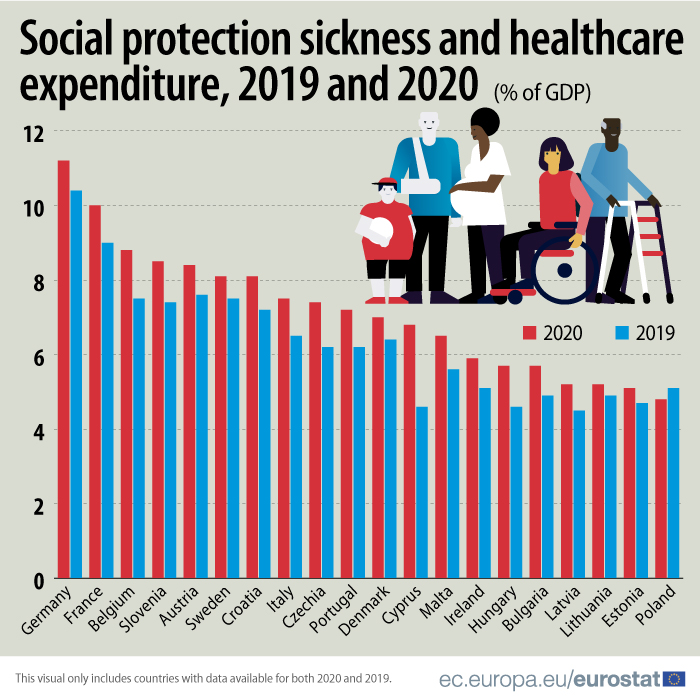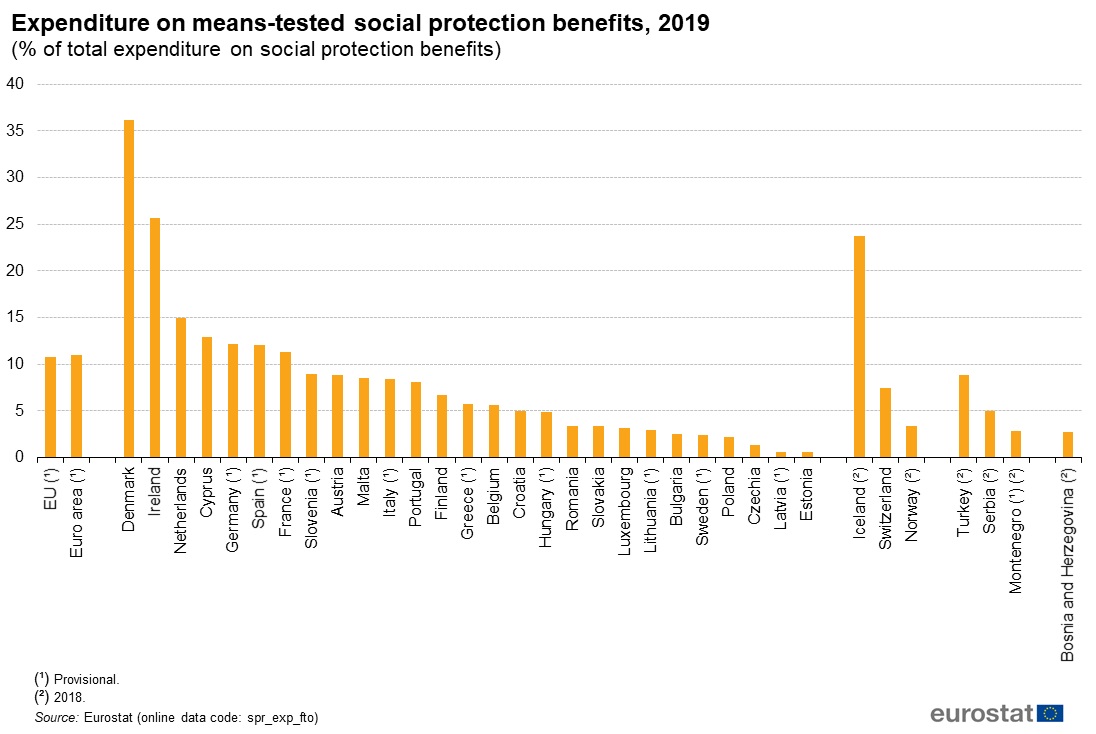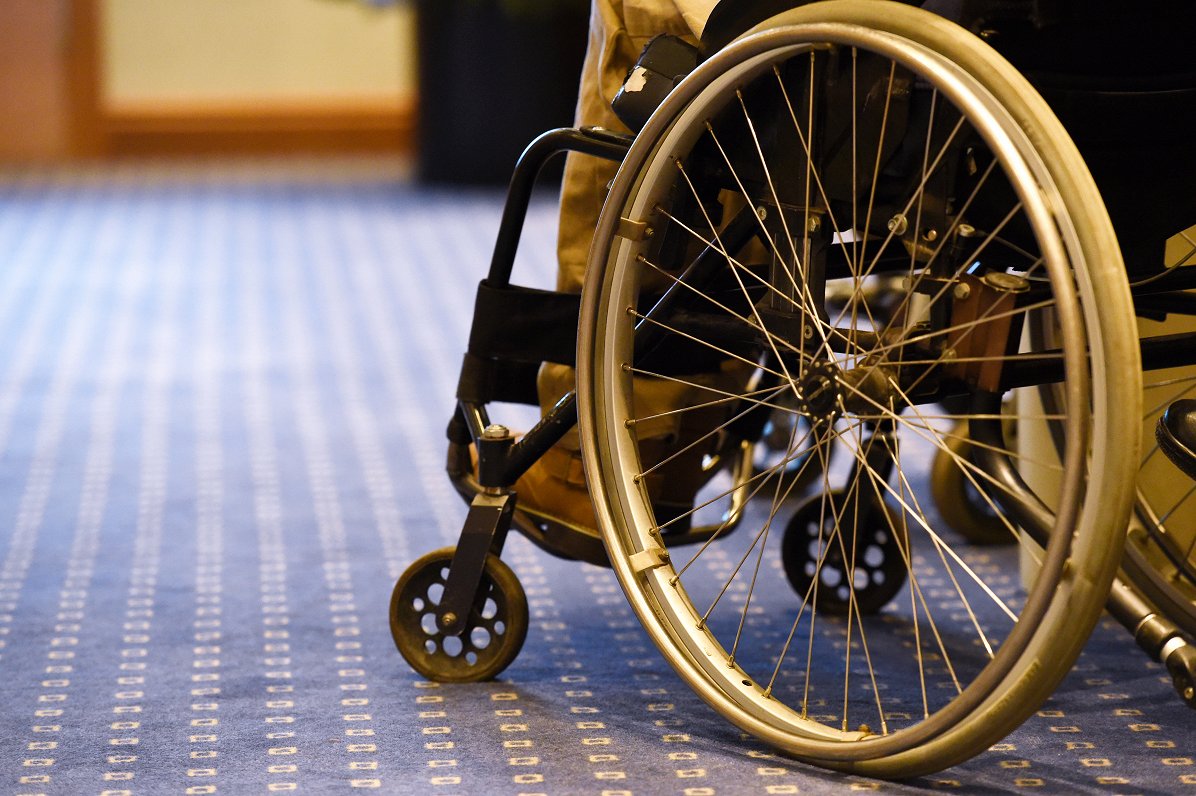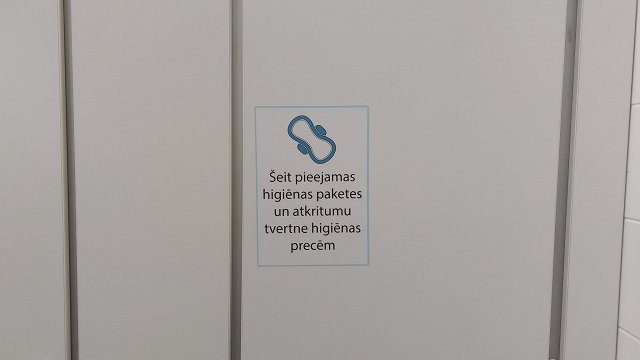Old age and sickness/healthcare benefits accounted for the majority of social protection benefits in all the Member States for which data are available. Other categories included disability, survivors, family/children, unemployment, housing and social exclusion.
Among the Member States for which 2020 estimates are available, social protection sickness and healthcare expenditure as a percentage of GDP was highest in Germany (11.2% of GDP), France (10.0%) and Belgium (8.8%), while it was lowest in Poland (4.8%), Estonia (5.1%), Lithuania and Latvia (both 5.2%).

The largest increase in sickness and healthcare benefits between 2019 and 2020 in Member States for which 2020 estimates are available was recorded in Cyprus (+2.2 percentage points in % of GDP). Cyprus was followed by Belgium (+1.3 pp) and Czechia (+1.2 pp). The only country that recorded a decrease was Poland (-0.3 pp). This is partly because nominal GDP has decreased as a result of the COVID-19 pandemic so that in fact, social protection benefits expenditure in general increased in all Member States (read more here).
Means-tested benefits accounted for less than 5.0 % of the total expenditure on social protection benefits in 11 of the Member States, with the lowest shares recorded in Latvia and Estonia (both 0.6 %) in 2019.
The organisation and financing of social protection systems is the responsibility of each of the EU Member States. The models used in the Member States are therefore somewhat different from each other, which should be taken into account when comparing figures. The main policy framework in the field of EU social protection is the Europe 2020 strategy and the open method of coordination for social protection and social inclusion (Social OMC), which aims to promote social cohesion and equality through adequate, accessible and financially sustainable social protection systems and social inclusion policies.
The European pillar of social rights sets out a number of key principles and rights to support fair and well-functioning labour markets and welfare systems. The pillar contains three main categories for action, one of which concerns social protection and inclusion.































